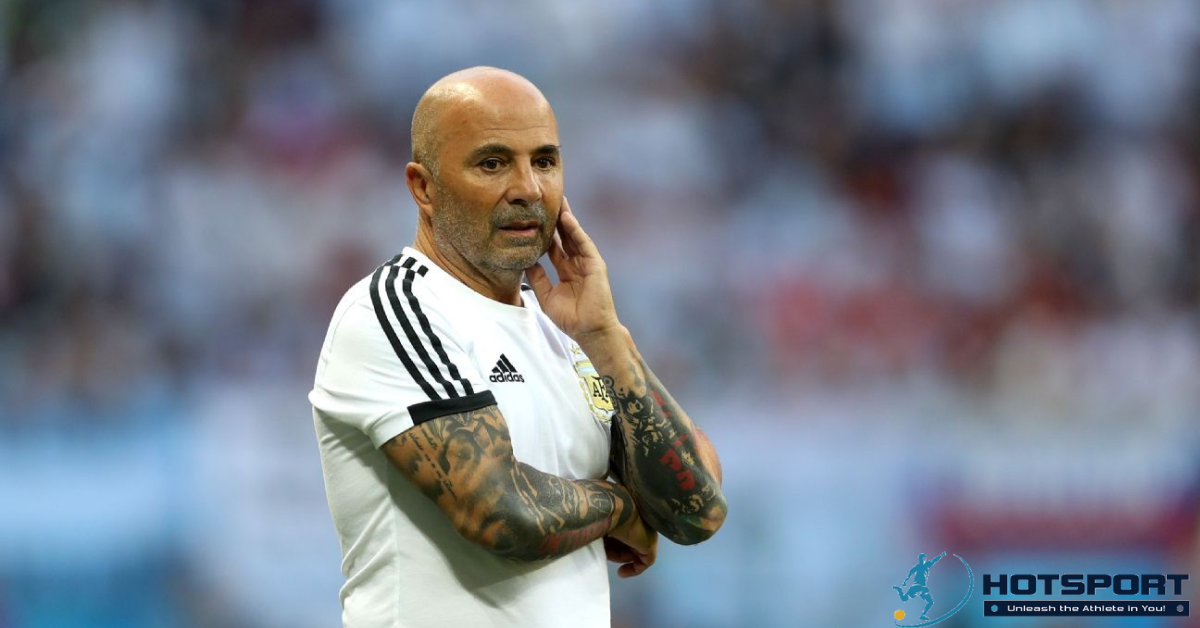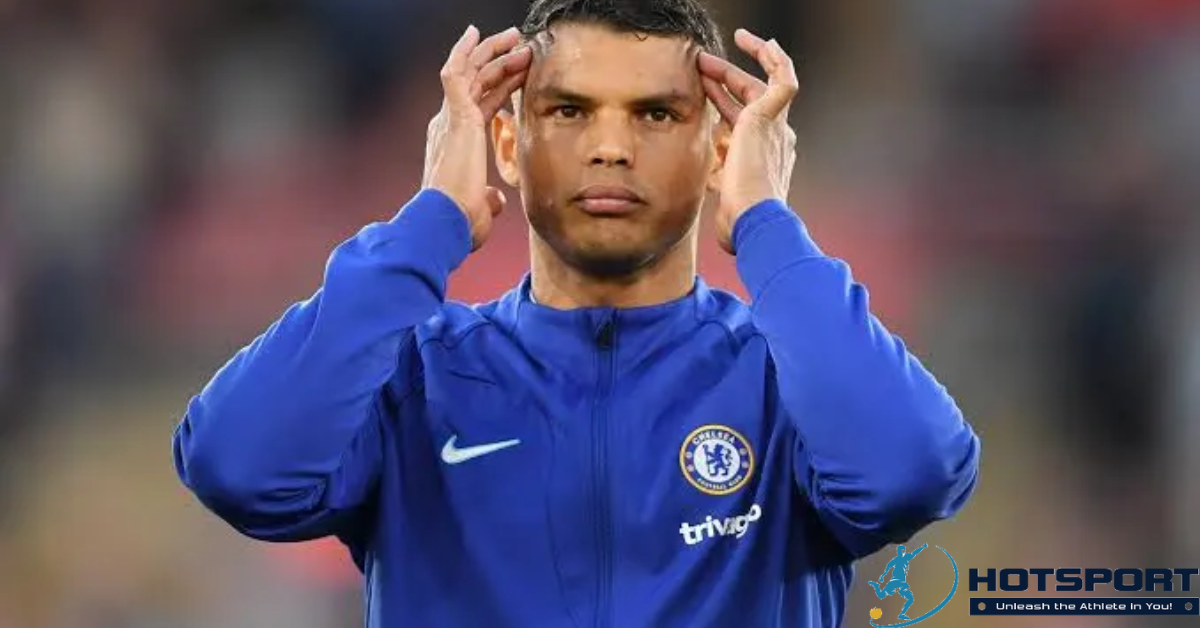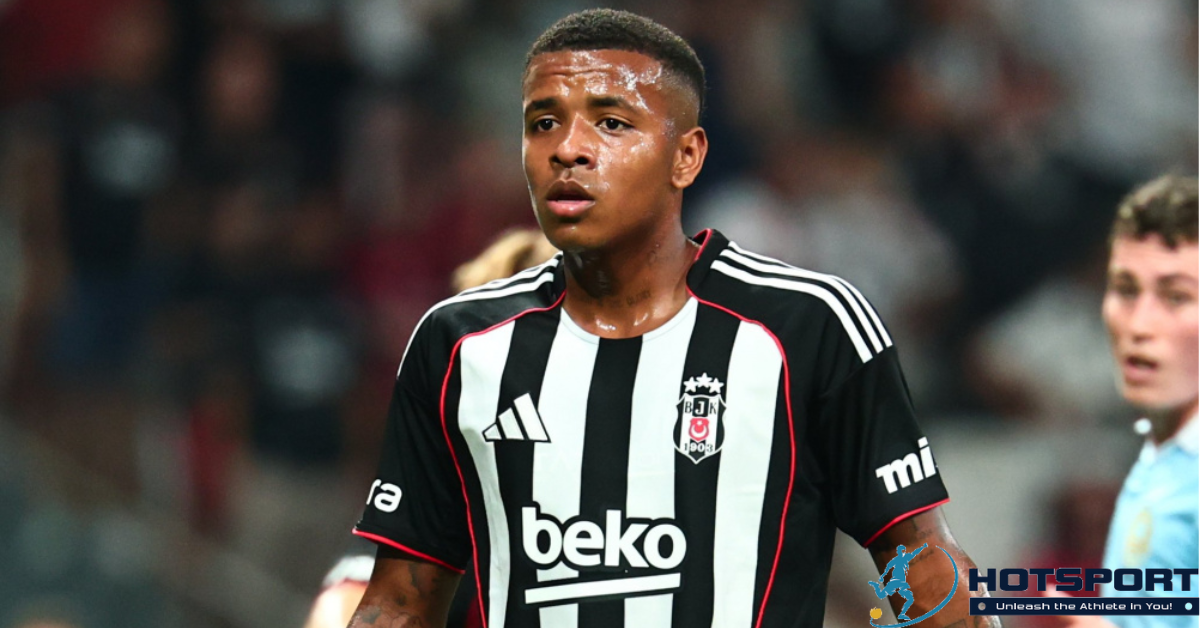Jorge Sampaoli: The Argentine Coach Who Left His Mark on World Football
Jorge Luis Sampaoli Moya, born on March 13, 1960, in Casilda, Argentina, is one of South America’s most renowned football coaches. Known for his attacking tactical approach and passion for the sport, Sampaoli has built a career marked by remarkable achievements, controversial moments, and a playing style influenced by his idol, Marcelo Bielsa. This article explores Sampaoli’s journey, from his early days in football to his stints with clubs and national teams, with a special focus on his time in Brazil.
Early Life and Playing Career
A Passion for Football
Born in the small town of Casilda, in Santa Fe province, Jorge Sampaoli grew up in an environment where football was more than a sport—it was a cultural passion. From a young age, he dreamed of becoming a professional player. Sampaoli joined the youth ranks of Newell’s Old Boys, a traditional Argentine club, between 1977 and 1979. As a right-back, he showed promise, but his playing career was cut short at 19 due to a severe tibia injury. This setback forced him to abandon his dream of playing professionally but opened the door to a new path in football.
Transition to Coaching
Determined to stay in the sport, Sampaoli immersed himself in studying tactics and strategies, diving into the world of technical preparation. His dedication led him to coach amateur teams in Casilda. A notable early moment came in 1995 while coaching Alumni de Casilda. After being sent off during a match, Sampaoli, with his characteristic fiery temperament, climbed a tree near the stands to continue giving instructions to his players. The scene, captured by the newspaper La Capital, became iconic and highlighted his unyielding passion for football.
Early Coaching Career
Beginnings in Peru and Chile
Sampaoli’s professional coaching career began in 2002 with Juan Aurich in Peru. Despite the club’s modest status, he demonstrated a solid tactical approach, catching the attention of larger clubs. In 2004, he took charge of Coronel Bolognesi, also in Peru, where he began implementing his Bielsa-inspired attacking style, based on high pressing, ball possession, and quick attacks, yielding positive results.
After Peru, Sampaoli moved to Chile, coaching O’Higgins and later Universidad de Chile. It was at “La U” that he reached the pinnacle of his club career in South America. Between 2011 and 2012, he won three Chilean league titles (two Apertura and one Clausura) and the 2011 Copa Sudamericana, a historic achievement for the club. His style, likened to Pep Guardiola’s Barcelona, earned Universidad de Chile the nickname “the Barcelona of the Americas.”
The Influence of Marcelo Bielsa
The comparison to Marcelo Bielsa is no coincidence. Sampaoli has never hidden his admiration for the legendary Argentine coach, adopting principles like high pressing, intensity, and an attacking style with intricate passing. This approach distinguished him in South America and led to bigger opportunities, including the Chilean national team.
Tenure with the Chilean National Team
A Historic Title
In 2012, Sampaoli took over the Chilean national team, replacing Claudio Borghi. His mission was clear: elevate Chile to new heights in international football. Under his leadership, the team adopted an aggressive and dynamic style, culminating in the 2015 Copa América victory. In the final, played at home, Chile defeated Lionel Messi’s Argentina on penalties, securing the country’s first-ever title in the competition. This achievement cemented Sampaoli as one of South America’s top coaches and earned him a third-place finish in the 2015 FIFA Coach of the Year award, behind Luis Enrique and Pep Guardiola.
Controversies and Departure
Despite the success, Sampaoli’s time with Chile was not without controversy. In 2015, the disclosure of his high salary (200 million pesos) by the Chilean Football Federation sparked criticism from local clubs. Additionally, his close relationship with the federation’s then-president, Sergio Jadue, who faced corruption allegations, tarnished his image. These issues, combined with questions about payments he received, led Sampaoli to resign in January 2016, paying the release clause out of his own pocket. In 44 matches with Chile, he recorded 27 wins, nine draws, and eight losses, with 89 goals scored and 44 conceded.
European Experience
Sevilla: A New Challenge
In June 2016, Sampaoli signed with Sevilla in Spain, marking his European debut. His tenure was characterized by vibrant football, with the team finishing the 2016-17 La Liga season in fourth place. Despite the solid performance, Sampaoli left after just one year, lured by the chance to coach the Argentine national team.
Olympique de Marseille and Stade Rennais
After his stint with Argentina, Sampaoli returned to Europe to manage Olympique de Marseille in France from 2021 to 2022. His attacking approach produced mixed results but won over fans with its boldness. In 2024, he took charge of Stade Rennais but left the club in January 2025 and is currently without a team.
Argentine National Team: Expectations and Disappointments
A Promising Start
In June 2017, Sampaoli was named coach of the Argentine national team with a contract until 2022. His debut, a friendly against Brazil in Australia, resulted in a 1-0 victory, raising high expectations. However, the 2018 World Cup qualifiers were turbulent, with Argentina securing qualification only in the final matchday with a 3-1 win over Ecuador.
The 2018 World Cup
At the 2018 World Cup in Russia, Argentina’s performance was inconsistent. After a 1-1 draw with Iceland and a humiliating 3-0 loss to Croatia, the team beat Nigeria 2-1 to advance to the round of 16. Against France, Argentina played competitively but was eliminated with a 4-3 defeat. During the tournament, Sampaoli faced criticism for frequent lineup changes, a lack of clear tactics, and losing control of the squad, with reports suggesting players took over team selections. In July 2018, his departure was confirmed by the Argentine Football Association. In 15 matches, he recorded seven wins, four draws, and four losses.
Time in Brazil
Santos: Connecting with the Fans
In December 2018, Sampaoli was appointed coach of Santos, marking his first experience in Brazilian football. With a limited squad, he implemented an attacking style that won over the fans. In 2019, Santos finished as runners-up in the Brazilian Championship, with the best home record (80.7% win rate). Despite the success, tensions with the board over transfer requests led to his departure in December 2019. His tenure saw 35 wins, 12 draws, and 18 losses in 65 matches.
Atlético-MG: A State Title
In March 2020, Sampaoli took over Atlético-MG, where he won the 2020 Campeonato Mineiro. In the Brazilian Championship, the team had a strong campaign but fell short of the title. He left in February 2021, with 25 wins, 10 draws, and 10 losses in 45 matches, before returning to Europe to coach Olympique de Marseille.
Flamengo: A Brief Stint
In 2023, Sampaoli managed Flamengo, but his tenure was short and less successful. Despite some wins, the team failed to meet expectations, and he left the club that same year.
Negotiations for 2025
In September 2024, Santos began talks for Sampaoli’s return in 2025. The coach expressed interest, but the deal hinges on the club’s promotion to Brazil’s Série A. If Santos, currently managed by Fábio Carille, fails to secure promotion, the negotiations may stall.
Legacy and Playing Style
A Disciple of Bielsa
Sampaoli is often compared to Marcelo Bielsa for his philosophy of possession-based, high-pressing, and attacking football. His risky yet thrilling approach has produced memorable moments, such as Universidad de Chile’s campaigns and the Copa América triumph.
Titles and Achievements
Throughout his career, Sampaoli has won six titles: the 2015 Copa América (Chile), the 2011 Copa Sudamericana, two Apertura and one Clausura titles (Universidad de Chile), and the 2020 Campeonato Mineiro (Atlético-MG). His ability to transform teams with limited resources is a hallmark of his career.
Controversies and Temperament
Sampaoli’s fiery temperament is a defining trait. While it inspires players and fans, it has also led to conflicts with club and federation boards. His controversial exits from Chile and Argentina are notable examples.
Conclusion
Jorge Sampaoli is a coach who blends passion, tactical expertise, and a unique vision of football. His career, filled with highs and lows, reflects his dedication to the sport and his pursuit of a lasting legacy. In Brazil, he won hearts with his vibrant style, particularly at Santos, and his potential return in 2025 is eagerly anticipated. Despite challenges, Sampaoli remains a prominent figure in world football, a true disciple of Bielsa who never fails to surprise.



